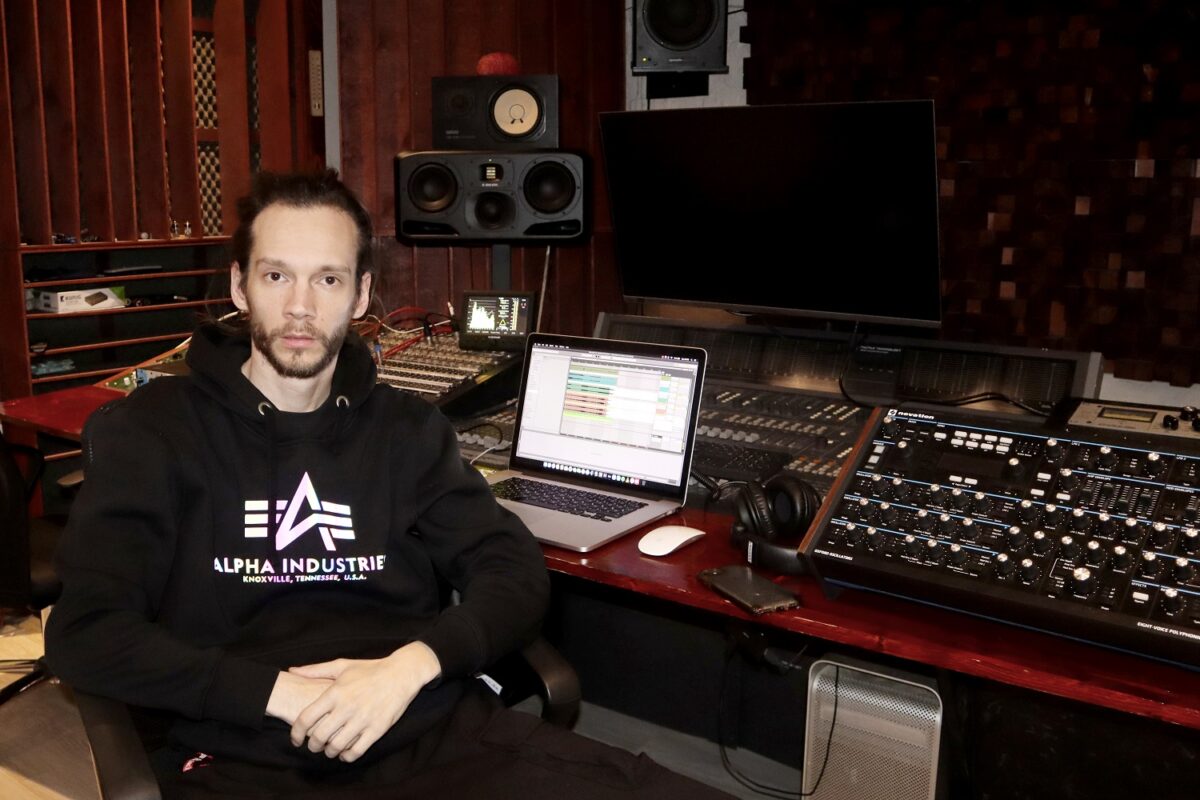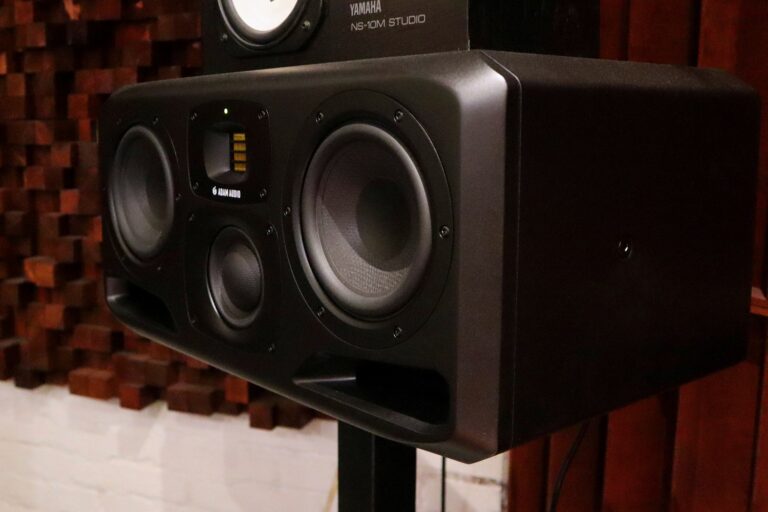Gábor Biksifinding authentic audio with the ADAM Audio S3H
ADAM Users
As one of the long serving crew members of Hungary’s Gainlab Studios, understanding quality audio has been an integral to producer Gábor Biksi’s work.
His clout as a producer has seen him work behind the controls for multiple acts, in addition to playing bass for electronic band Cloud9+. It’s a line of work that demands the highest level of audio in all situations. “My first ADAM Audio (product) was the SP-5 headphones,” Gábor says. “Obviously sound was the primary consideration, but because of their portable, lightweight hard case and the perfect enclosed design, I couldn’t not have them, as the noise cancellation and atomic-safe construction really lived up to my expectations.”
Finding himself working solely with the SP-5s for the majority of the time, the next logical step was for the producer to find some studio monitors. A journey which led him to ADAM Audio’s S3H active studio monitors.
“I was afraid that they would be more complicated as I was getting used to them, but working with the S3H is a lot easier than I first thought,” he says about his first experience with the monitors. “They stood out from the first minute; that the deep and mid-deep range were incredibly accurate. The bottom is so tight like I’ve never experienced with any other speaker before. It is exactly like it is in reality, the S3H doesn’t try to drive you into vain daydreams by highlighting the deep and thus driving you astray.”
The producer is also taken aback with the speakers’ trademark sweet-spot. “It’s much more spacious than other mid-range monitors in general, which enable me to move around while working,” he says about ADAM’s distinctive sound feature. “Due to its richness of detail, it immediately reveals problems, so my vocal work has had to move up to a new level. I now have to choose different pre-amplifiers or microphones during the recording phase since I had the S3Hs.”
A combination of using both the S3H monitors and the SP-5 headphones allow Gábor to make quicker mixing decisions in a variety of different situations. “It doesn’t matter if it is sound design, producing, recording, mixing, or mastering, in any phase for me they serve the purpose of avoiding mistakes,” he says about his audio tools. “It immediately becomes clear what is actually happening and point out problems that would have been impossible to notice beforehand.”
